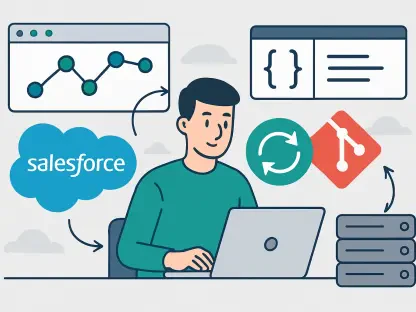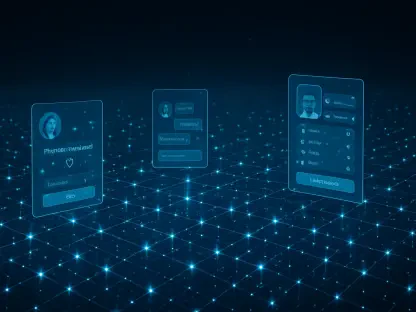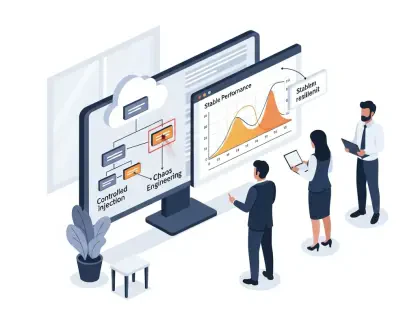As the world continues to change at an incredible rate, there will always be new challenges and new approaches to work. Changes in working procedures, changes in company functions, software changes, and organizational and technical restructurings are just a few change management procedures. Small companies don’t find implementing new software solutions too challenging. Usually, all the company needs to do is take care of technical support and coordinate training. However, how do you force a change at the enterprise level? This article will help you better understand this process and support you in preparing for these changes.
Understanding the Change Management Process
The change management process is a collective name for all activities that prepare employees for significant organizational changes. The procedure anticipates, organizes, and assists in overcoming the challenges your company may face during the process of moving to new technologies. Change management shortens the transition time, so these changes won’t interfere with the operation of your business.
Planning reduces the risks associated with adopting new solutions. It helps avoid data leaks, business slowdowns and unnecessary frustration.
Monitoring change progress allows you to detect potential problems in advance and prevent them effectively. The change management process involves employees across all structures, and the common goal helps to strengthen the culture of the organization.
How Do You Start Preparing for a Change Process?
The first step to a successful change is to understand your organization’s existing procedures. Implementing a new software toolset is a complex, multi-layered activity. That’s why it’s so important to present a common vision and goal that everyone can identify with. When planning the individual implementation steps, you should take into account both the roles of each individual as well as a pre-defined broad perspective.
Whenever an enterprise software tool is changed, it’s very likely to generate resistance to change among its users. There are certain levels of change to be considered.
Product Level Changes
The first thing you will notice in the company is the emergence of new software tools. Depending on the degree of openness to new experiences, employees may welcome them with reserve, indifference, or enthusiasm. Each end-user will have to invest time to get used to the interface of these new applications. For example, most people will feel confident using the new software after a few minutes, but some users may need practical advice, assistance, or additional training.
Policy Changes
Along with new apps, new software will bring many new regulations. The implementation team needs to decide what these guidelines will entail.
Procedural Changes
The least tangible level of change is a gradual metamorphosis of procedures and habits in employee culture. It pays to plan and coordinate this progress, but the effects will not be visible immediately. For example, if you have never used shared mailboxes and resource reservations in a calendar, expect it to take some time to become automatic to employees.
Four Stages of Change Management When Implementing New Software
Planning and Communication
In the first stage of preparation for implementation, you need to create a sense of urgency. Getting people out of their comfort zone will allow employees to understand the need for change, and the fact that change is beneficial, both individually and organizationally. You also need to create an individual implementation program and start an information campaign that will gradually fuel the involvement of the employee community.
Testing
The next step involves the technical team, who will test the new toolset, its security and capabilities. With the help of the software provider, begin user account creation, data migration, and management console set up. In the meantime, a series of training sessions should take place for future administrators and change ambassadors. The implementation team should then continue the information campaign and prepare a support plan to ensure that no question asked by employees goes unanswered.
Official Implementation
The third step is dedicated to final fixes and a detailed review of the service settings. In this step, change supervisors should conduct readiness surveys and start distributing login data to all employees so that, on day 0, everything is ready to function. “Day 0” is when the whole organization starts using the new software toolset.
Support and Progress Control
The final stage of change management is to collect feedback from system administrators and regular users, and implement new applications if some of them have not been made available to employees. If necessary, additional workshops may be organized. The detailed list of tasks to be carried out in each phase should be adjusted to the structure and needs of the enterprise.
Conclusion
Regardless of its size, no business can afford to remain rigid. And although introducing new software is always challenging, creating an effective change management process for your organization could be the key for flawless transition to new software.









